Fengqui “Frank” Li is a computational developer at Oak Ridge National Laboratory who uses his background as an architect to expand the landscape of design for his research into building energy modeling and beyond.
Tag: Computational Modeling
Hahn Awarded CZI Grant to Monitor, Manipulate Proteins Important in Nervous System Function, Neurological Disease
Klaus Hahn, PhD, the Ronald G. Thurman Distinguished Professor of Pharmacology at the UNC School of Medicine, will co-lead this Chan Zuckerberg Initiative project with colleagues at Duke University and North Carolina State University.
New Computational Tools to Help Target Sex, Labor Trafficking Operations
Researchers have developed computational models that can help fight human trafficking. The models draw on publicly available data to identify massage businesses that are most likely to be violating laws related to sex trafficking and labor trafficking.
Machine learning creates opportunity for new personalized therapies
Researchers at the University of Michigan Rogel Cancer Center have developed a computational platform that can predict new and specific metabolic targets in ovarian cancer, suggesting opportunities to develop personalized therapies for patients that are informed by the genetic makeup of their tumors. The study appeared in Nature Metabolism.
Haim Waisman: Then and Now / 2012 Early Career Award Winner
Haim Waisman develops computational models of the mechanics of materials. He focuses on fracture phenomena, such as ice breaking due to climate warming, infrastructure aging and deteriorating, energy extraction from rocks, and fractures in biomaterials such as bones.
Researchers Find Way to Make Traffic Models More Efficient
Models that predict traffic volume for specific times and places inform everything from traffic-light patterns to apps that tell you how to get from Point A to Point B. Researchers have now demonstrated a method that makes these models more efficient.
Virginia Tech scientists tie improved learning processes to reduced symptoms of depression
In a Journal of the American Medical Association Psychiatry study led by Pearl Chiu and Brooks King-Casas of the Fralin Biomedical Research Institute at VTC, brain imaging and mathematical modeling reveal previously unreported mechanistic features of symptoms associated with major depressive disorder.
Using Computation to Improve Words: Model Offers Novel Tool for Improving Serious Illness Conversations
Conversations between seriously ill people, their families and palliative care specialists lead to better quality-of-life. Understanding what happens during these conversations – and how they vary by cultural, clinical, and situational contexts – is essential to guide healthcare communication improvement efforts. To gain true understanding, new methods to study conversations in large, inclusive, and multi-site epidemiological studies are required. A new computer model offers an automated and valid tool for such large-scale scientific analyses.
Computers design precise genetic programs
A change of instructions in a computer program directs the computer to execute a different command. Similarly, synthetic biologists are learning the rules for how to direct the activities of human cells.

Thin explosive films provide snapshot of how detonations start
Using thin films — no more than a few pieces of notebook paper thick — of a common explosive chemical, researchers from Sandia National Laboratories studied how small-scale explosions start and grow. These experiments advanced fundamental knowledge of detonations.
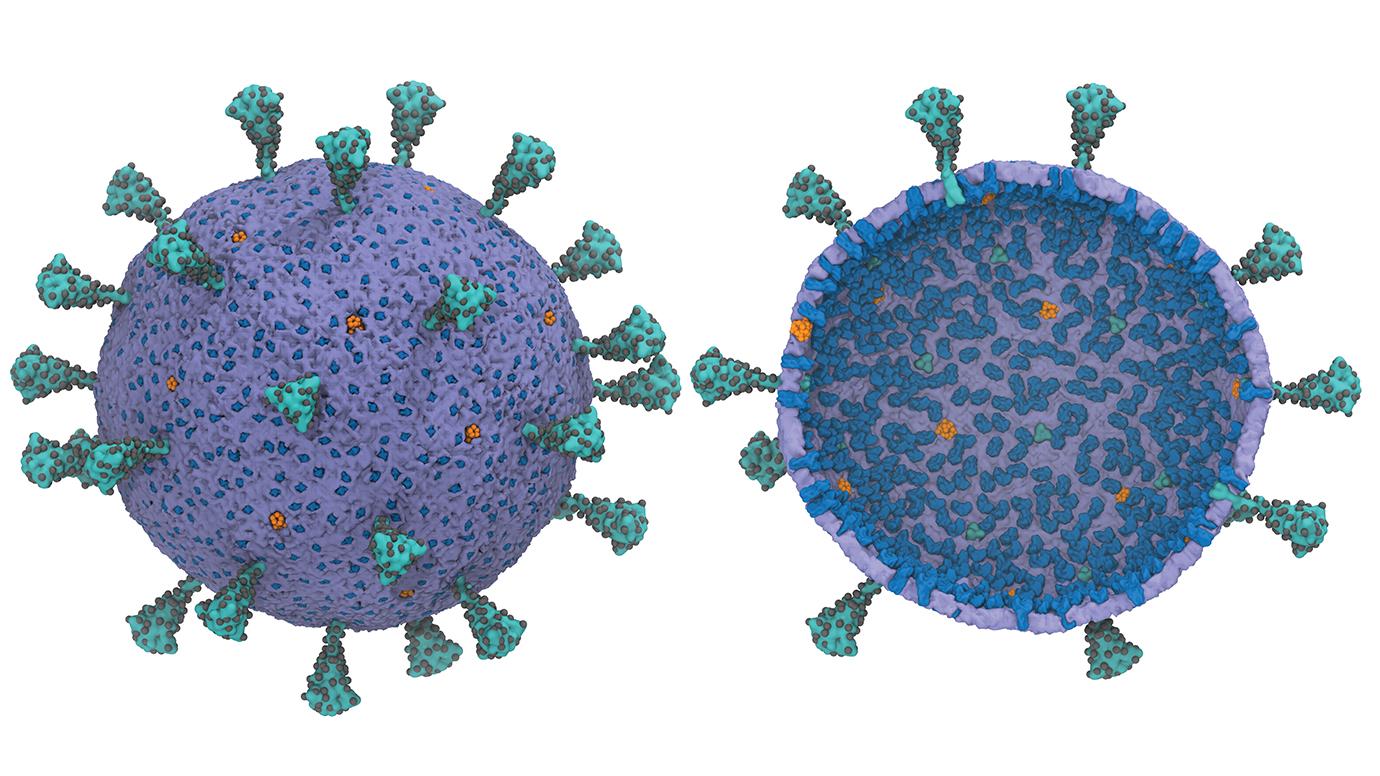
UChicago scientists create first computational model of entire virus responsible for COVID-19
Researchers at the University of Chicago have created the first usable computational model of the entire virus responsible for COVID-19—and they are making this model widely available to help advance research during the pandemic.
Students Identify Starting Points for Potential COVID-19 Inhibitors
Two students working under the mentorship of Desigan Kumaran, a structural biologist at the U.S. Department of Energy’s Brookhaven National Laboratory, have helped to identify molecules that could potentially lead to new antiviral drugs for treating COVID-19. Though the students conducted their fall 2020 internships remotely, the potential of their work is firmly planted in the real world and could have lasting impact.

National Virtual Biotechnology Laboratory Symposium, October 28
A virtual symposium to highlight the impact the U.S. Department of Energy’s (DOE) National Virtual Biotechnology Laboratory (NVBL) has had utilizing the unique capabilities of the DOE to tackle the science and technology challenges associated with COVID-19, and to discuss areas in which the NVBL can have impact in the future. The event is aimed at the S&T community, media, and the general public.
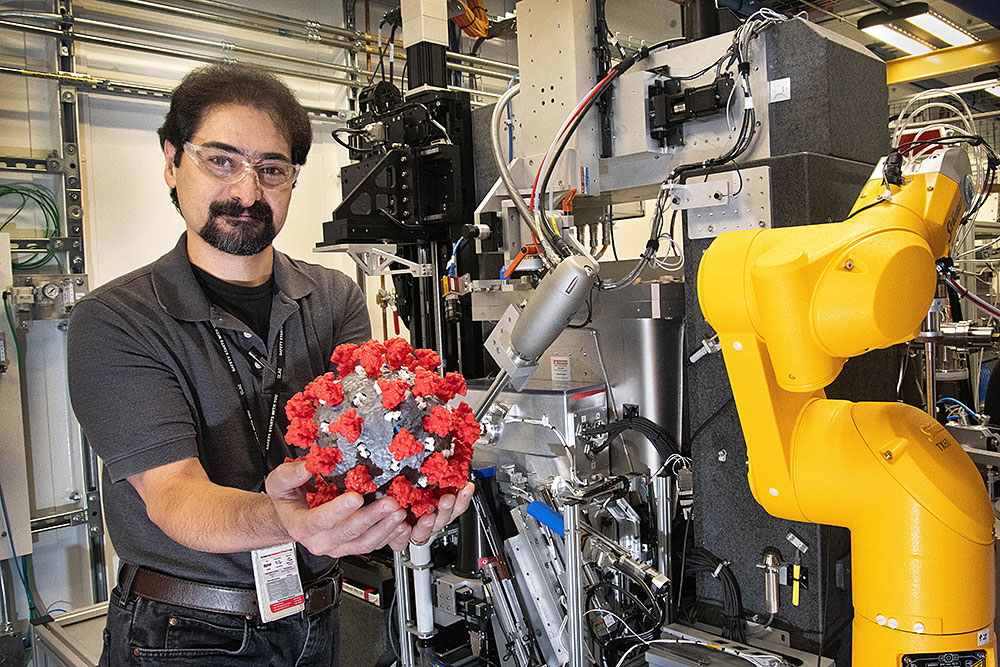
Steady Progress in the Battle Against COVID-19
Researchers at the U.S. Department of Energy’s (DOE) Brookhaven National Laboratory are making progress on several fronts in the battle against COVID-19, the global pandemic sparked by the emergence of a novel coronavirus late last year. This work is part of a worldwide effort to understand the virus and the factors that affect its spread with the aim of devising treatments and other mitigation strategies.
Engineers find thinner tissues in replacement heart valves create problematic flutter
Iowa State and University of Texas engineers have developed computational models of replacement heart valves to examine the performance of biological tissues built into the valves. They found thinner tissues create problematic flutter.
Discovering how the brain works through computation
Researchers from Columbia Engineering, Georgia Institute of Technology, and Graz University of Technology propose a new computational system to expand the understanding of the brain at an intermediate level, between neurons and cognitive phenomena such as language. They have developed a brain architecture based on neuronal assemblies, and they demonstrate its use in the syntactic processing in the production of language; their model is consistent with recent experimental results.
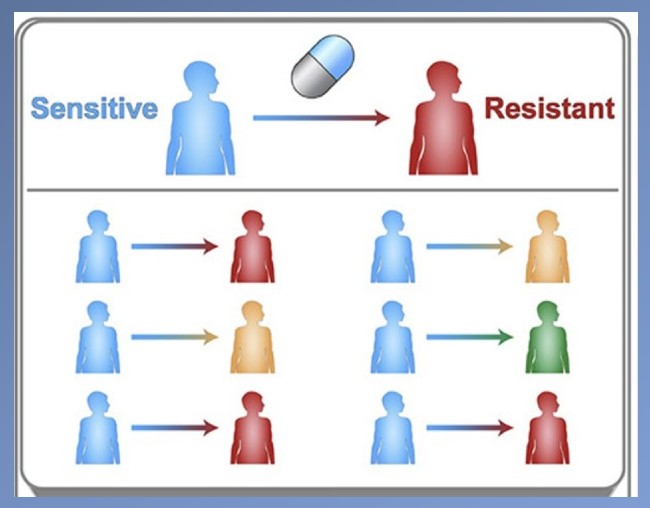
Computer model IDs drug-resistant mutations
To counter drug resistance Penn State engineers have developed a new approach for predicting which mutation has expanded the most in a population and should be targeted to design the most effective new drug.
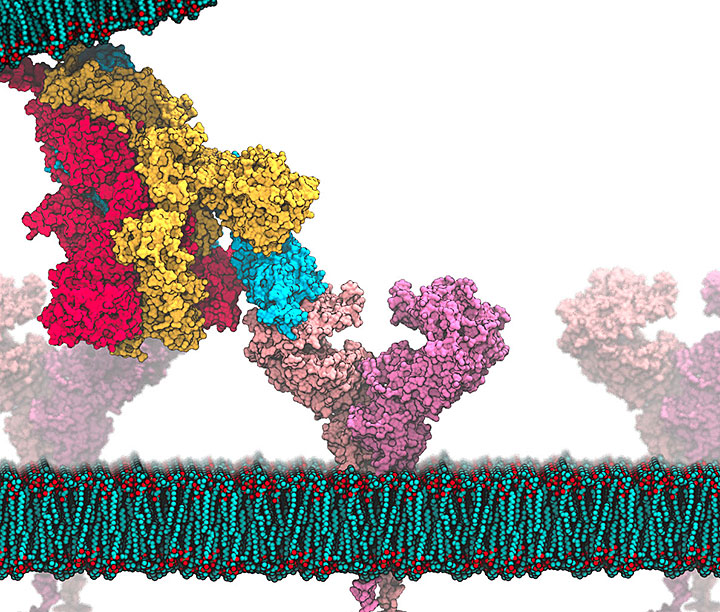
Researchers Working on Computational Models to Design Ways to Treat COVID-19
A team of Stony Brook University (SBU) researchers is working on computer models that could help speed the discovery of drugs to combat the novel coronavirus responsible for COVID-19. They are doing this work in collaboration with scientists at the U.S. Department of Energy’s (DOE) Brookhaven National Laboratory and Argonne National Laboratory, and will be leveraging those laboratories’ computational resources and expertise.
A Faster Way To Replace Inaccurate Information On Social Networks
Researchers have demonstrated a new model of how competing pieces of information spread in online social networks and the Internet of Things. The findings may be used to disseminate accurate information more quickly, displacing false information on anything from computer security to public health.
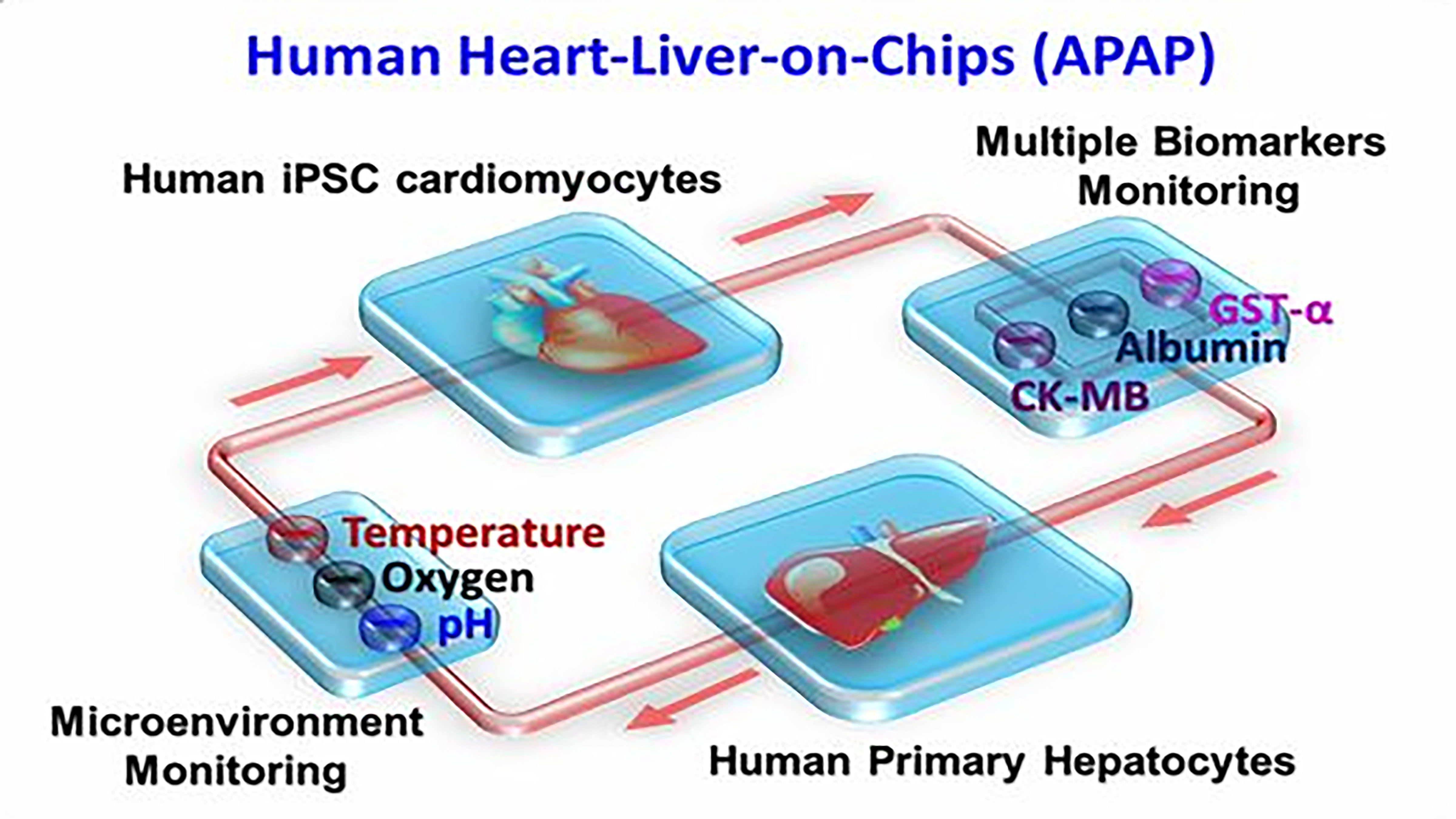
Advances in Computer Modeling, Protein Development Propel Cellular Engineering
A review of recent work in biophysics highlights efforts in cellular engineering, ranging from proteins to cellular components to tissues grown on next-generation chips. Author Ngan Huang said the fast pace of development prompted her and her colleagues to take stock of promising areas in the field as well as hurdles researchers can expect in coming years. They discuss their work in this week’s APL Bioengineering.
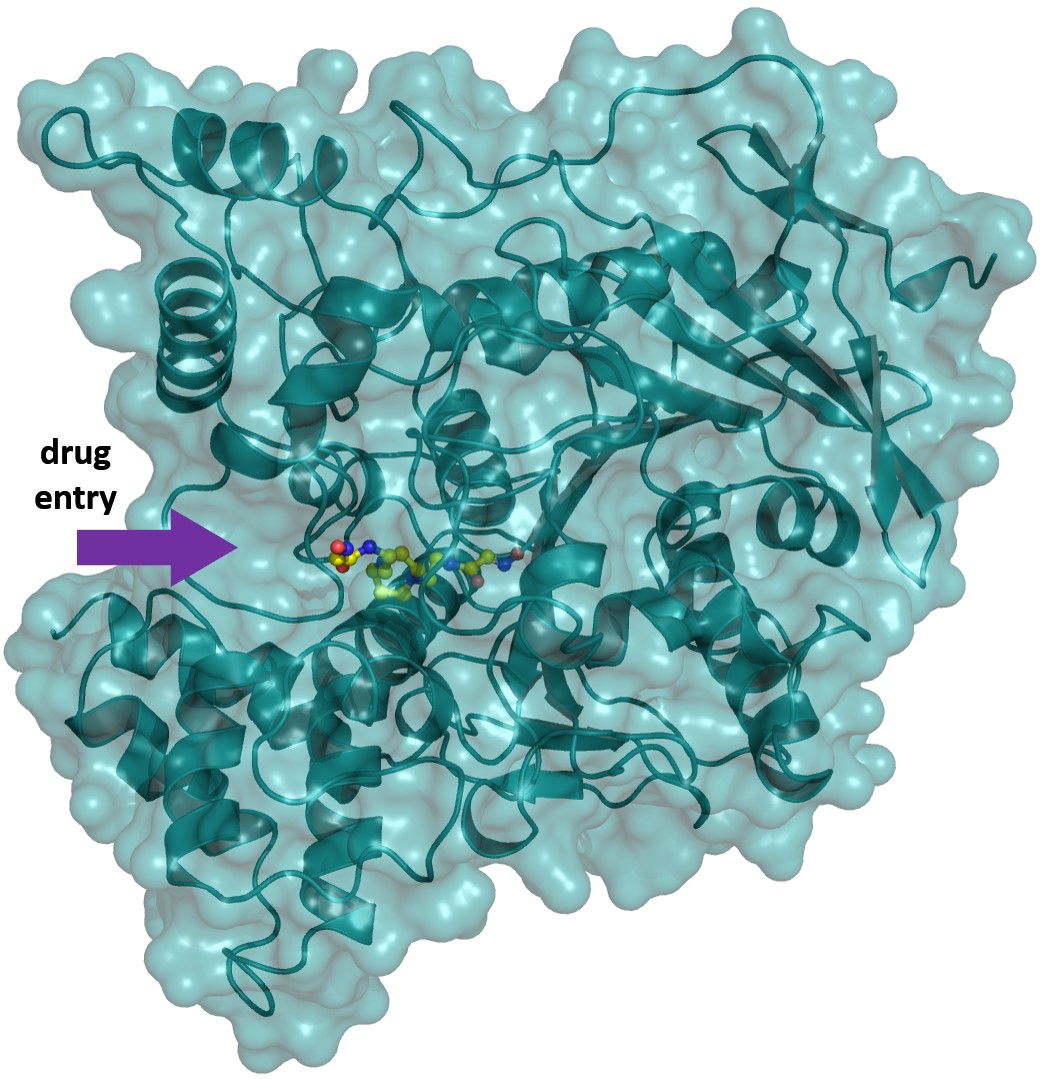
Story Tips: Antidote chasing, traffic control and automatic modeling
ORNL’s Story Tips: Antidote chasing, traffic control and automatic modeling, for March 2020
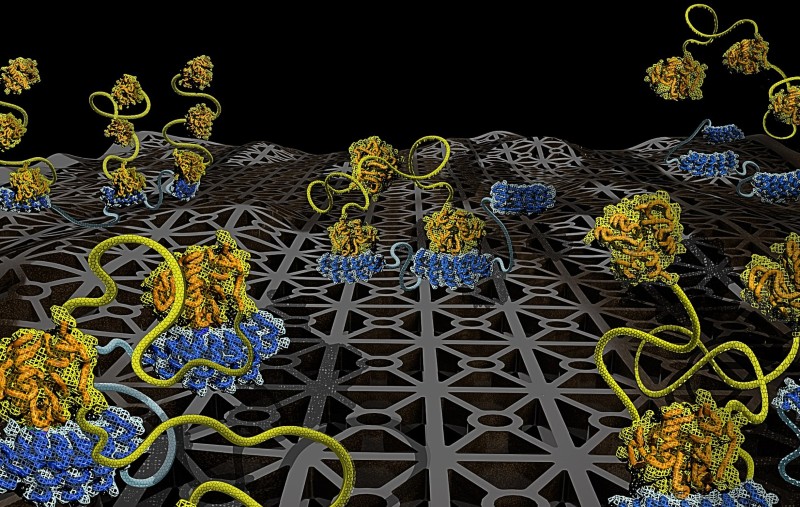
Computer model mines medicines
Most medicines work by binding to and blocking the effect of disease-causing molecules. Now to accelerate the identification of potential new medicines, bioengineers have created a computer model that mimics the way molecules bind.
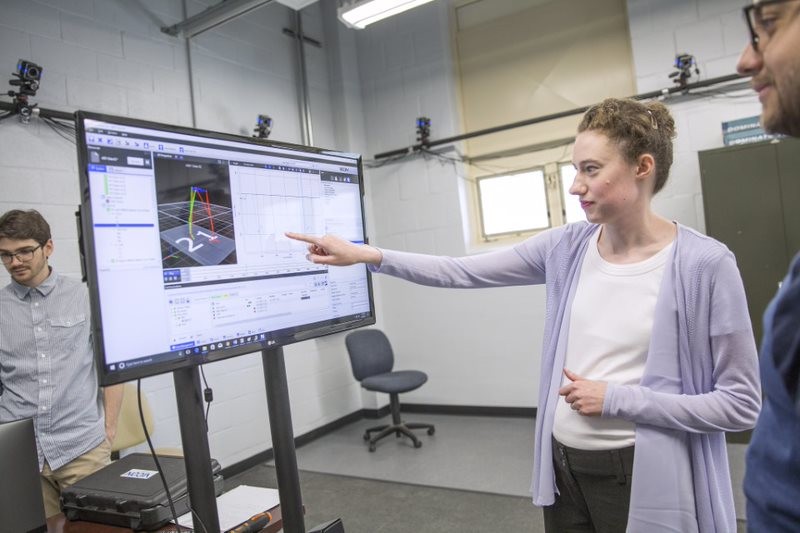
CAREER award to help researcher understand, optimize walking for stroke patients
To design better assistive exoskeletons, a wearable device that helps those with disabilities walk, researchers need to further understand the complexities of walking. The National Science Foundation recently awarded Anne Martin, assistant professor of mechanical engineering at Penn State, a $500,000 Faculty Early Career Development (CAREER) grant to study how both healthy and post-stroke individuals walk.
Brain model offers new insights into damage caused by stroke and other injuries
A University at Buffalo neuroimaging researcher has developed a computer model of the human brain that more realistically simulates actual patterns of brain impairment than existing methods. The novel advancement represents the union of two established approaches to create a digital simulation environment that could help stroke victims and patients with other brain injuries by serving as a testing ground for hypotheses about specific neurological damage.